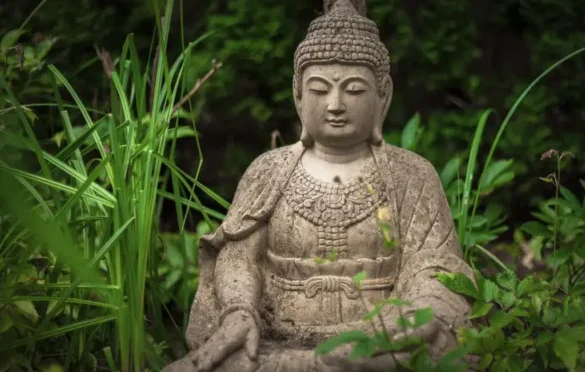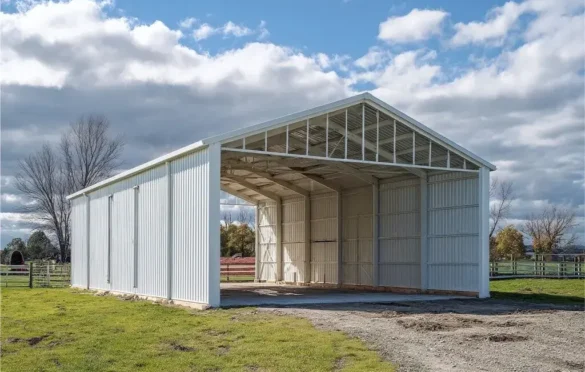Explore this post with:
Heater installation is a significant investment that affects your home’s comfort, energy efficiency, and heating costs. Proper installation ensures that your heater operates at its best, providing consistent warmth while minimizing energy waste. An incorrectly installed heater can lead to frequent repairs, reduced lifespan, and higher utility bills. That’s why working with a qualified HVAC technician is crucial to guarantee an effective installation.
This guide will walk you through the key stages of a heater installation, so you know what to expect and how to prepare.
Choosing the Right Heater for Your Home
Before installation, selecting the right heater for your home’s needs is essential. Factors to consider include the size of your home, energy efficiency ratings, fuel type (electric, gas, or oil), and your local climate. A professional HVAC technician can help assess your home’s requirements and recommend a heater that meets your budget and performance expectations.
It’s also helpful to compare different types of heaters, such as furnaces, heat pumps, or boilers, to determine which system best suits your heating needs and household size. Choosing the right heater from the start ensures optimal performance and energy savings over time.
The Heater Installation Process
Once you’ve selected the right heater, the installation process can begin. Here are the typical steps involved in a professional heater installation:
Site Preparation: The technician will begin by preparing the area where the heater will be installed. This includes clearing the space, ensuring proper ventilation, and checking for any obstructions that could interfere with airflow or safety.
Removing the Old Heater: If you’re replacing an existing heater, the technician will safely disconnect and remove it. This includes shutting off fuel and electrical connections and disposing of the old unit according to local regulations.
Installing the New Heater: The technician will position the new heater, connect it to your home’s ductwork (for furnaces) or water system (for boilers), and secure all necessary components. Proper placement and alignment are essential to avoid performance issues and maximize efficiency.
Connecting Electrical and Fuel Lines: For electric heaters, wiring is connected to ensure a safe power supply. For gas or oil heaters, the technician connects the fuel lines and ensures there are no leaks, as this can pose a safety risk.
Setting Up the Thermostat: The technician installs or calibrates the thermostat, which controls your heater’s temperature settings. If you have a programmable or smart thermostat, they’ll set it up for optimal control and energy savings.
Testing the System: Once the heater is installed, the technician will test it to confirm that it’s working correctly. This includes checking for any unusual sounds, verifying airflow and heating performance, and ensuring that all components function as expected.
Each of these steps is essential for a safe and efficient installation, providing you with a heater that performs reliably throughout the winter.
Preparing Your Home for Installation Day

There are a few steps you can take to make the installation process smoother:
Clear the Installation Area: Make sure the area around the heater’s location is free of clutter, furniture, and obstacles, giving the technician enough space to work safely and efficiently.
Secure Pets and Children: For safety reasons, it’s best to keep pets and children away from the installation area. This prevents distractions and keeps everyone safe while the technician works.
Provide Access to Electrical Panels: If your heater installation requires access to the circuit breaker or electrical panels, make sure they’re easily accessible to the technician.
Confirm Thermostat Location: If you’re installing a new thermostat, discuss the preferred location with the technician. A central spot away from drafts and direct sunlight will ensure accurate temperature readings.
These simple preparations can help make installation day hassle-free, allowing technicians to complete the job efficiently.
Post-Installation Tips and Maintenance
Once your new heater is installed, there are steps you can take to ensure it operates smoothly and efficiently for years to come:
Change Filters Regularly: Replace or clean your heater’s air filters every 1-3 months to maintain good airflow and prevent strain on the system.
Schedule Annual Tune-Ups: Annual professional maintenance checks help identify and address potential issues early, keeping your heater in optimal condition.
Monitor Energy Usage: Keep an eye on your energy bills. A sudden increase in energy costs without a change in usage could indicate an efficiency issue that needs attention.
Use a Programmable Thermostat: A programmable thermostat can help you control your heating schedule, reducing energy costs by automatically lowering the temperature when you’re not home or sleeping.
With regular maintenance and attention to performance, you can extend the life of your heater and enjoy consistent warmth throughout the cold months.
Proper heater installation is crucial for maximizing comfort, efficiency, and safety in your home. By understanding the installation process, preparing ahead of time, and following post-installation maintenance tips, you can enjoy reliable heating for years to come. For expert installation and ongoing support, consult with a trusted HVAC technician to ensure your heater is installed to the highest standards.
Explore More:-
About the Author: archistyladmin
At Architecturesstyle, we’re passionate about smart design, beautiful spaces, and practical tips that help you bring great architecture into everyday life. Whether it's modern home ideas, iconic buildings, or expert advice, our team brings fresh and useful content to readers who love architecture as much as we do.




